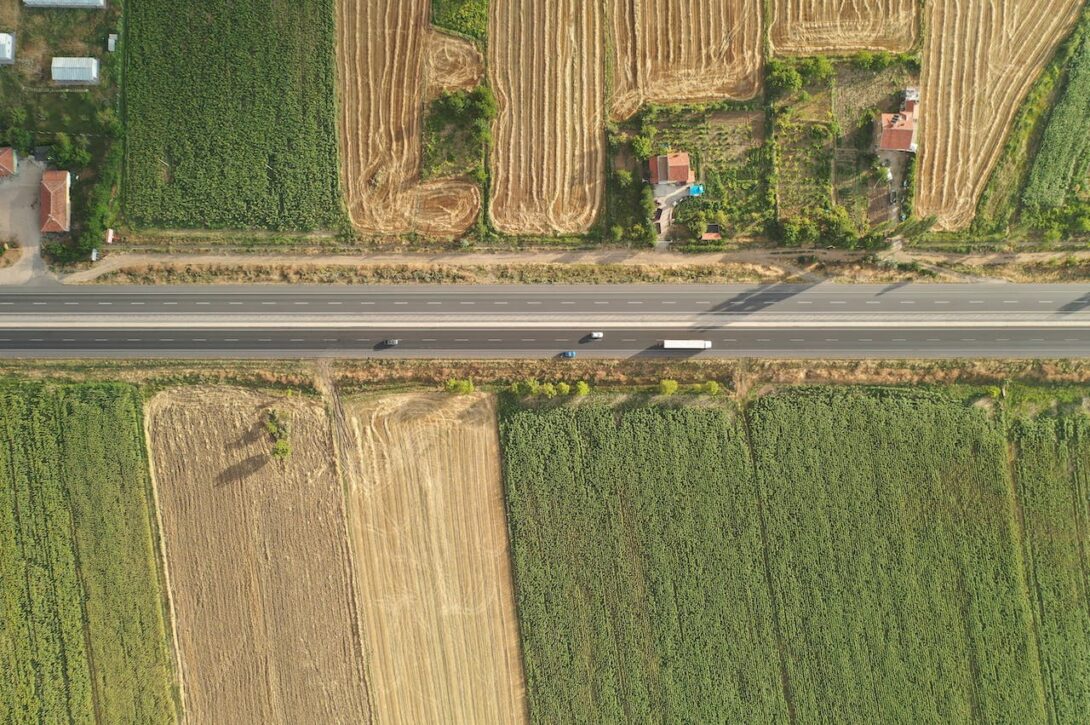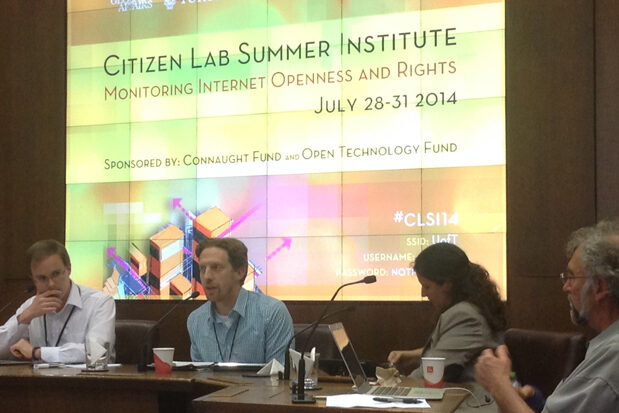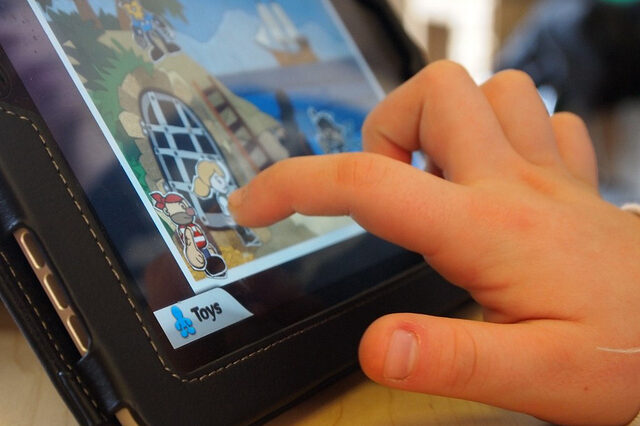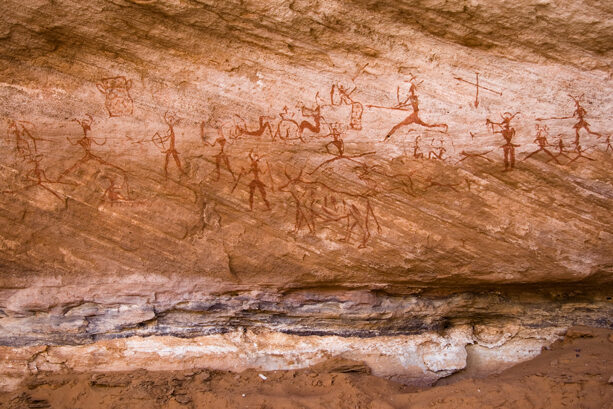Blog title
News
- Articles from Policy & Internet
- Books
- Call for Papers
- Child Safety
- Collective Action
- Conferences
- Democracy
- Development
- Economics
- Education
- Environment
- Ethics
- Governance & Security
- Health
- Interviews
- Mapping
- Methods
- Policy
- Politics & Government
- Publications
- Social Data Science
- Submissions Closed
- Tools
- Video
- Wellbeing
-

Outside the cities and towns, rural Britain’s internet is firmly stuck in the 20th century
—
The quality of rural internet access in the UK, or lack of it, has long…
-

Designing Internet technologies for the public good
—
People are very often unaware of how much data is gathered about them—let alone the…
-

The life and death of political news: using online data to measure the impact of the audience agenda
Editors must now decide not only what to publish and where, but how long it…
-

Why global contributions to Wikipedia are so unequal
—
in DevelopmentThe geography of knowledge has always been uneven. Some people and places have always been…
-

What explains the worldwide patterns in user-generated geographical content?
—
As geographic content and geospatial information becomes increasingly integral to our everyday lives, places that…
-

Geotagging reveals Wikipedia is not quite so equal after all
—
in DevelopmentWikipedia is often seen as a great equaliser. But it’s starting to look like global…
-

Monitoring Internet openness and rights: report from the Citizen Lab Summer Institute 2014
Informing the global discussions on information control research and practice in the fields of censorship,…
-

What is stopping greater representation of the MENA region?
—
Negotiating the wider politics of Wikipedia can be a daunting task, particularly when in it…
-

Evidence on the extent of harms experienced by children as a result of online risks: implications for policy and research
If we only undertake research on the nature or extent of risk, then it’s difficult…
-

How well represented is the MENA region in Wikipedia?
—
There are more Wikipedia articles in English than Arabic about almost every Arabic speaking country…

